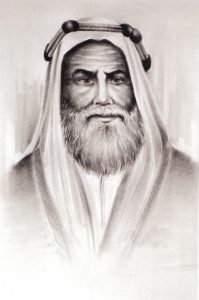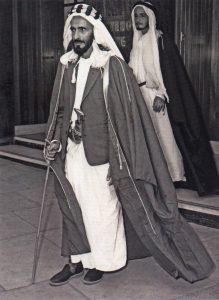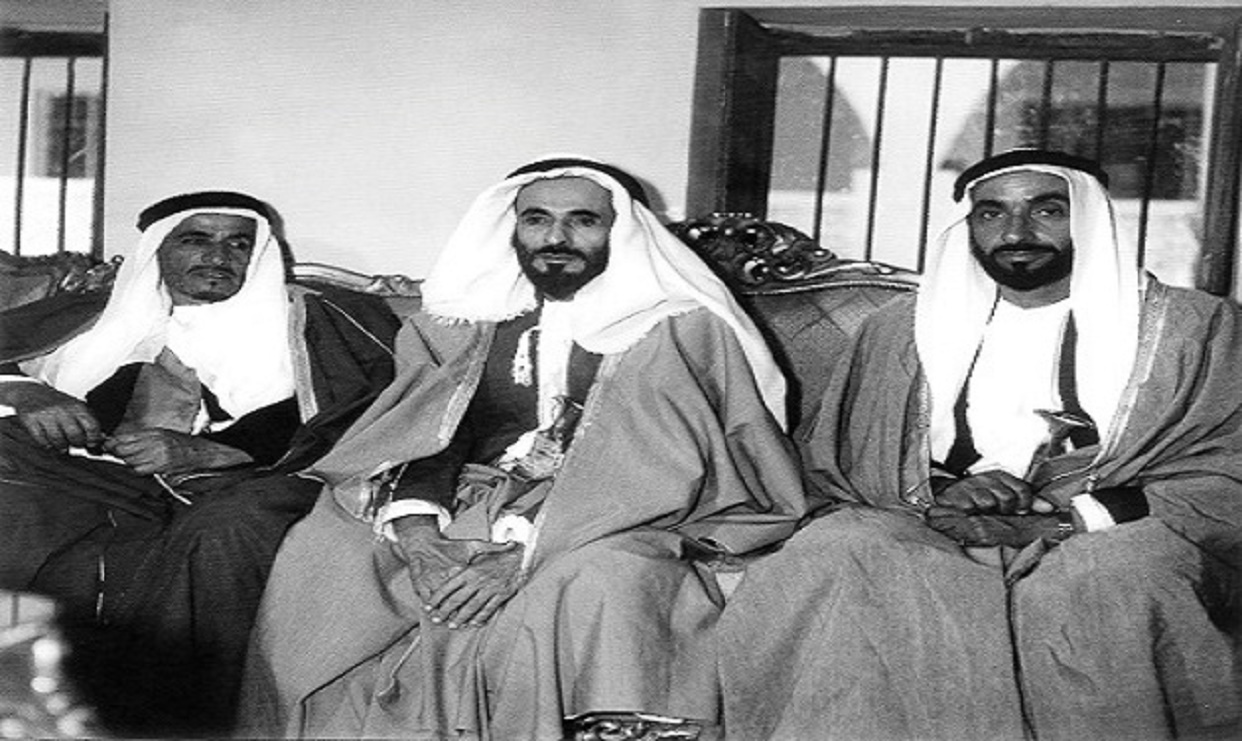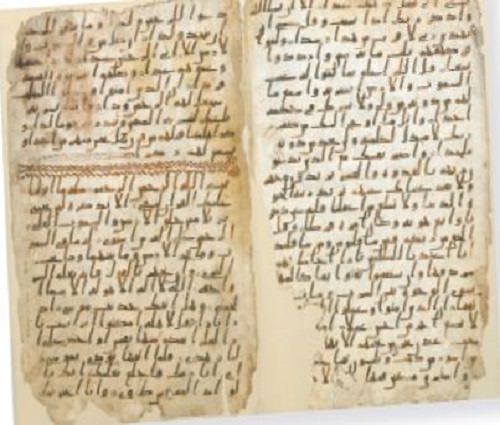1,387 عدد المشاهدات
Dr. Ali Afifi Ali Ghazi
The emirate and city of Abu Dhabi enjoy a geostrategic location, where Arab groups lived. Despite the difficulties of living, Abu Dhabi and Al Ain oases have known stability and agriculture since prehistoric times..

Oman and the Southern Coast of the Gulf, is a book published by the Arab American Oil Company in 1952.
According to the book, the city of Abu Dhabi “was established around the year 1175 AH / 1761 CE by the Arabs of Al Bu Falah. It is possible that other members of the Bani Yas tribe may have participated in the establishment of Abu Dhabi”.
The book also describes Abu Dhabi as a city with a good marina, with a population of approximately ten thousand people, and it consists mostly of huts made of palm fronds, and a few buildings constructed of stones. Among these buildings is the Grand Mosque and two palaces of the ruler.
Precise details
The British surveyor George Barnes Brucks presents a report that contains many precise details. He mentions that Abu Dhabi is a sandy island that was ruled by Sheikh Tahnun bin Shakhbut of Bani Yas (1818-1833). The Bani Yas is one of the main tribes in the Arabian Peninsula, and most of them resided in separate areas of the interior called Al Dhafra.
Brucks praises Sheikh Tahnun: ”the handsome, generous and the best Sheikh of the coast”

The American traveler Samuel Zwemer (1867-1952) describes Abu Dhabi saying: “Abu Dhabi is the most important city in the region. The Bani Yas was the first tribe to settle and establish a community inhabiting this part of the coast. The city is independent, and it is under the rule of Sheikh Zayed bin Khalifa (Zayed the First) who had a strong influence extending to the tribes of Al Jabal Al Akhdar.. The population of Abu Dhabi, by no means, does not exceed ten thousand people. With the exception of a few houses and one castle, all the buildings in the city were built with palm trees and palm fronds.
Zayed the First
In 1902, the British traveler, diplomat and politician Percy Cox made a journey from Abu Dhabi to Muscat, through Al Ain and Al Jabal Al Akhdar.
Cox takes a photo showing Sheikh Zayed and his children. After obtaining a permit from Sheikh Zayed bin Khalifah to travel to Al Ain, Cox wanders in Abu Dhabi. Cox describes Sheikh Zayed as “a young man characterized by handsomeness, intelligence, and a thirst for knowledge about the wider world.”
Hospitality
In the winter of 1903–1904 Hermann Burchardt begins his journey parallel to the coast of the Arabian Peninsula. When he arrived in Abu Dhabi on February 2, 1904, he was escorted to meet Sheikh Zayed bin Khalifah, where Burchardt received generous hospitality throughout the six days he spent in the city. Burchardt was authorized to roam around and take whatever pictures he wanted.

Meeting after years
The American doctor and missionary Paul W. Harrison (1883-1962) visited Abu Dhabi. Harrison says: “my meeting with this city was like meeting an old friend I had not seen for a long time, and in Abu Dhabi we stayed at the council of the Ruler Sheikh Hamdan bin Zayed (1912-1922). I found Arabs similar in the rest of the other emirates: they all carry guns over their shoulders, with black beards; their guns stick to them as we wear neckties… In all of these areas, people were very friendly with us, and we were met with great generosity and countless feasts.”
Arabian Sands
In his book The Arabian Sands, Wilfred Thesiger (1910-2003) describes Abu Dhabi as a small town that extends along the Gulf coast. “A large castle overlooked the small town that stretched along the beach, with few palm trees, and a water well nearby.” Adds Thesiger. Sheikh Shakhbut Bin Sultan, Ruler of Abu Dhabi (1928-1966), hosted them in a house close to the city market, where Wilfred Thesiger stayed for twenty days.

Unity and cohesion
In his report, Buckmaster says: He arrived in Abu Dhabi early in the morning on March 11, 1952, accompanied by his Arab assistant Ali Al Bustani. Buckmaster tells about the days he spent in the Al Ain region. He draws his information about Abu Dhabi tribes from Sheikh Zayed and his companions from the top tribesmen. Buckmaster also mentions that Bani Yas is one of the most powerful and united tribes in the Trucial Coast of Oman.





